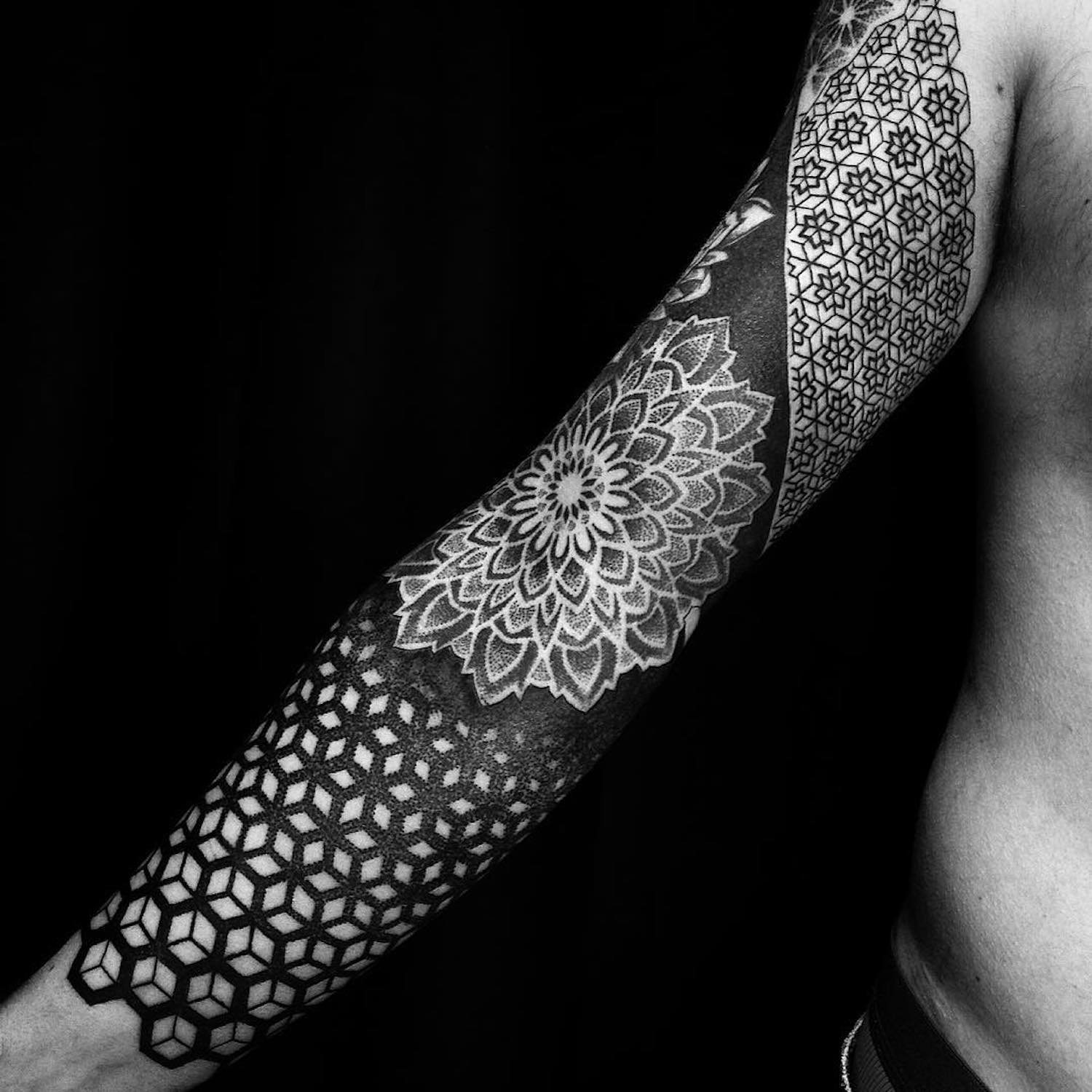The Art Of Tattooing Geometric Designs: A Guide To Beauty And Precision
The Art of Tattooing Geometric Designs: A Guide to Beauty and Precision
With sheer excitement, we engage in the compelling discussion around The Art of Tattooing Geometric Designs: A Guide to Beauty and Precision. Let’s gather intriguing insights and offer innovative angles to the readers.
Video about The Art of Tattooing Geometric Designs: A Guide to Beauty and Precision
The Art of Tattooing Geometric Designs: A Guide to Beauty and Precision

Tattooing has been an integral part of human culture for thousands of years, with various civilizations practicing this art form to express their spirituality, status, and artistic prowess. In recent years, geometric tattoo designs have become increasingly popular, captivating the attention of tattoo enthusiasts and artists alike. Geometric tattoos are not only visually stunning but also possess a deep sense of symbolism and spiritual significance. In this article, we will delve into the world of geometric tattoo designs, exploring their history, significance, and the techniques involved in creating these intricate masterpieces.
A Brief History of Geometric Tattoos
Geometric tattoo designs have their roots in ancient cultures, where they were used to convey spiritual and mystical messages. The ancient Egyptians, Greeks, and tribal communities of Africa and Asia all used geometric patterns in their art and tattoos to represent the interconnectedness of life and the universe. These designs were often used to adorn the body, communicate spiritual messages, and ward off evil spirits.
In the Western world, geometric tattoos gained popularity during the 1960s and 1970s, when tribal and traditional tattoo art experienced a resurgence. The likes of tattoo legends such as Don Ed Hardy and Leo Zulueta helped to popularize geometric tattoo designs, incorporating traditional tribal patterns into their work.
Symbolism and Significance of Geometric Tattoos
Geometric tattoos are more than just visually striking designs; they possess a deep sense of symbolism and spiritual significance. Different geometric patterns and shapes are associated with various meanings, which can be influenced by cultural and personal experiences.
- Mandalas: Derived from Sanskrit, the word "mandala" means "circle." Mandalas are intricate geometric designs that represent the interconnectedness of life, the universe, and the self. They are often used to symbolize spiritual growth, balance, and harmony.
- Spirals: Spirals are a common feature of geometric tattoos, representing the cycles of life, death, and rebirth. They can symbolize personal growth, transformation, and the connection between the physical and spiritual realms.
- Triangles: Triangles are often used in geometric tattoos to represent balance, harmony, and the unity of opposites. They can symbolize the connection between the physical, emotional, and spiritual aspects of the self.
- Circles: Circles are a universal symbol, representing the unity, wholeness, and infinity of life. They can symbolize spiritual completeness, perfection, and the connection between the individual and the universe.
Techniques Involved in Tattooing Geometric Designs
Tattooing geometric designs requires a great deal of skill, patience, and attention to detail. Geometric tattoos involve creating intricate patterns and shapes using a range of techniques, including:
- Linework: Linework involves creating precise, bold lines that define the geometric patterns and shapes.
- Shading: Shading involves creating depth and dimension in the design by using different shades of color to create contrast and texture.
- Dotwork: Dotwork involves creating intricate patterns using small dots of ink, which can be used to create mandalas, spirals, and other geometric shapes.
- Stippling: Stippling involves creating detailed, high-contrast images using small dots of ink, which can be used to create textured, three-dimensional designs.
Creating a Geometric Tattoo Design
When creating a geometric tattoo design, there are several factors to consider, including:
- Size: Geometric tattoos can range in size from small, delicate patterns to large, intricate designs that cover entire limbs or the torso.
- Color: Geometric tattoos can be created using a range of colors, from bold, bright hues to subtle, monochromatic shades.
- Symbolism: When choosing a geometric tattoo design, it is essential to consider the symbolism and significance of the pattern or shape, as it will become a permanent part of your body art.
- Personal preferences: Geometric tattoos can be customized to suit individual tastes and preferences, allowing you to create a unique and meaningful design.
Tips for Getting a Geometric Tattoo
Closure
We hope this article has shed some light on The Art of Tattooing Geometric Designs: A Guide to Beauty and Precision. We hope you found this piece helpful and informative. See you in the next article!.
